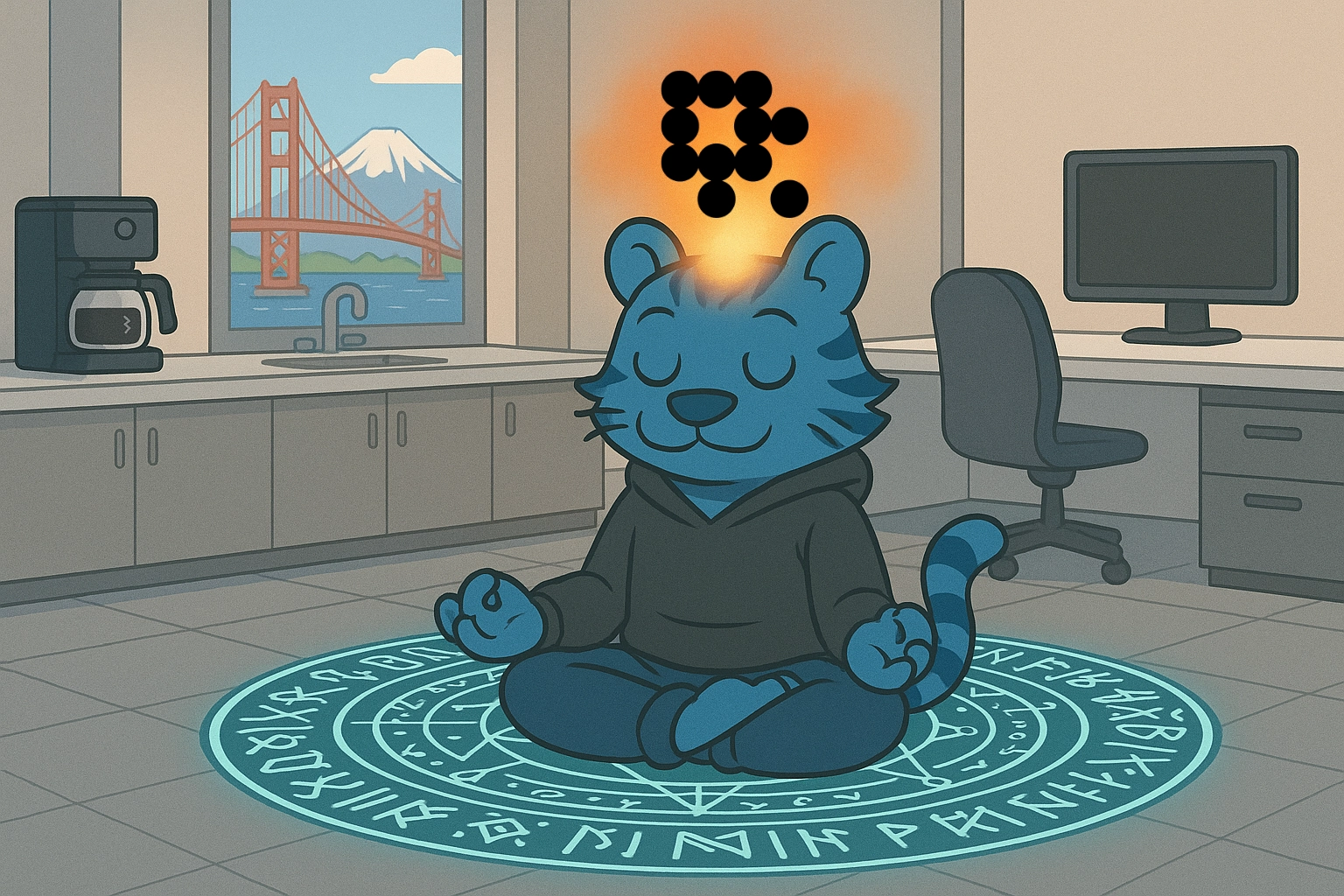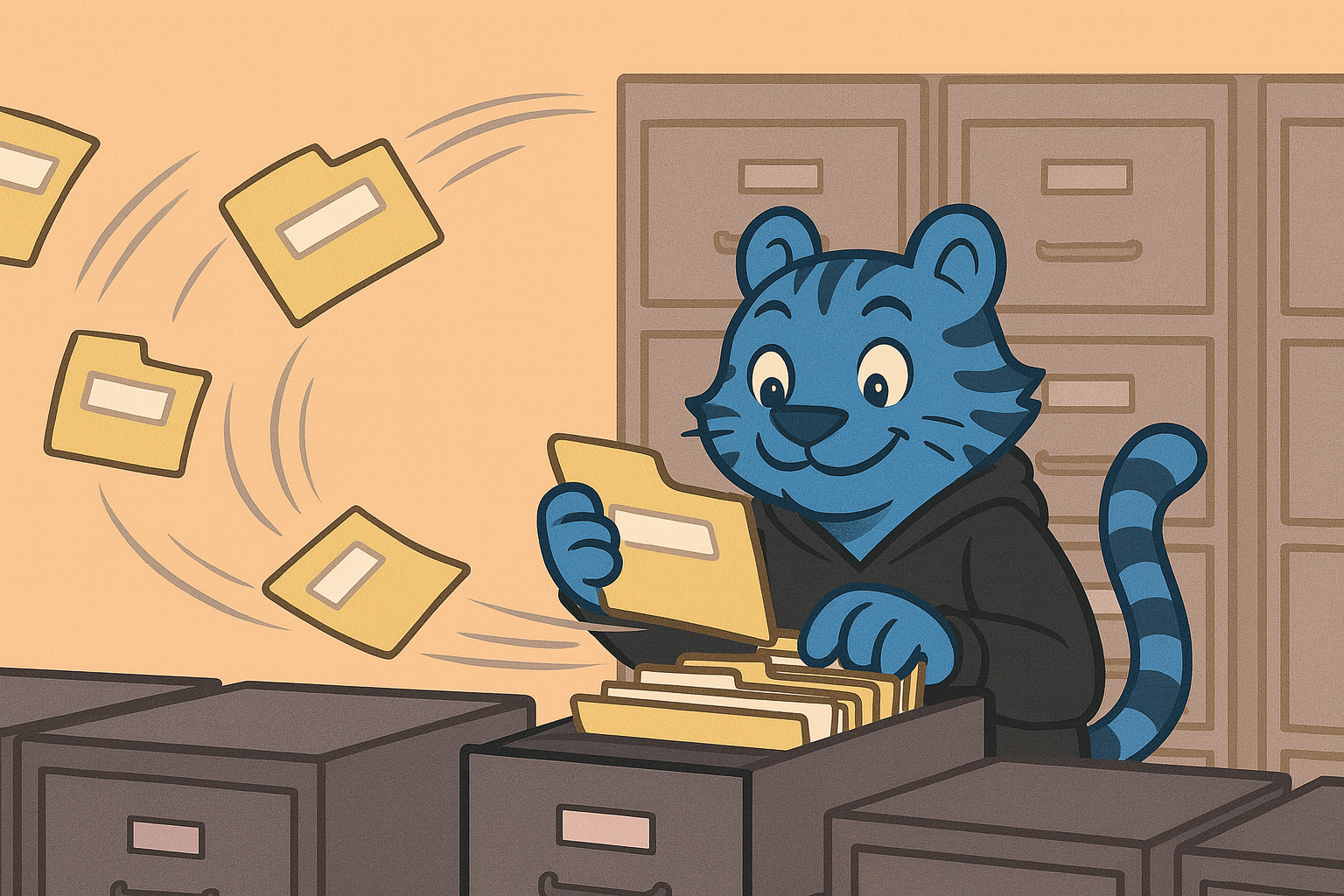 What Tigris Data Is Excited About at PyTorch Conference 2025
What Tigris Data Is Excited About at PyTorch Conference 2025
Five talks we're most excited about at PyTorch Conference 2025, showcasing innovation in AI infrastructure, storage, and performance optimization.
5 min read







